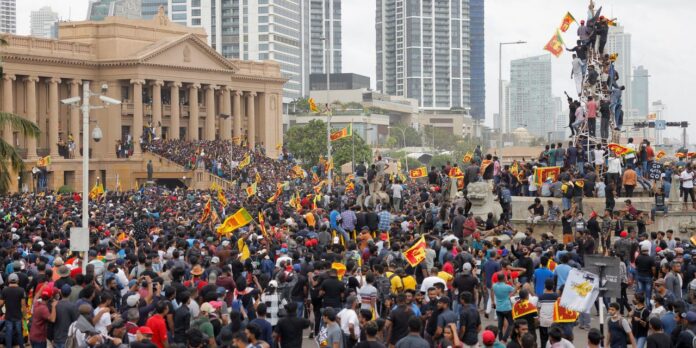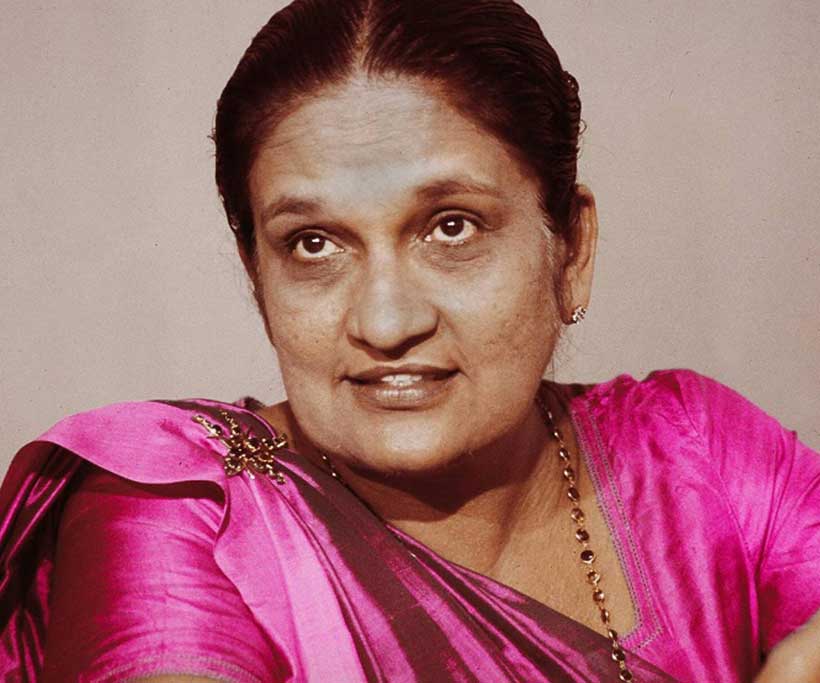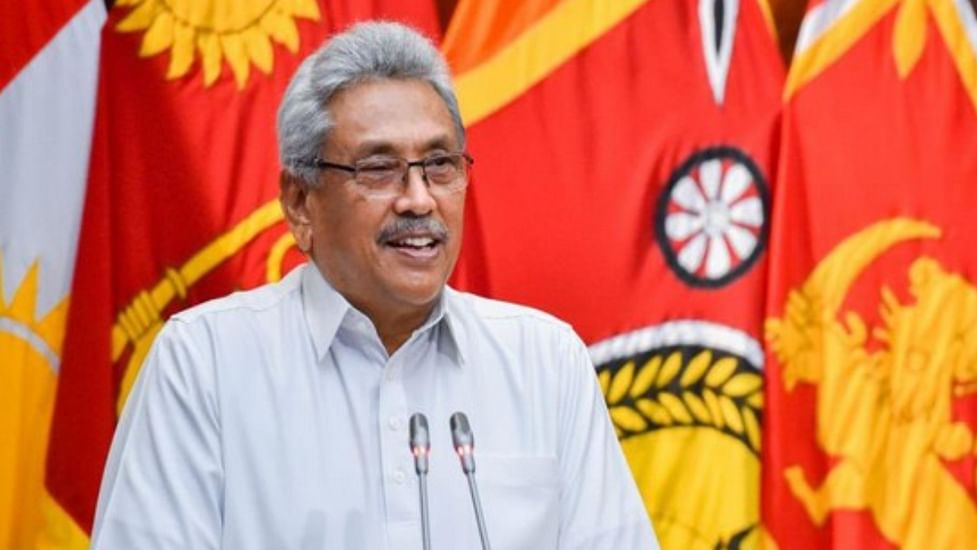
Since March 2022, Sri Lanka has seen mass protests with tens of thousands of demonstrators taking to the streets, demanding that President Gotabaya Rajapaksha step down. As protests intensified, Rajapaksha fled the country to the Maldives, resigning as President on 14 July.
Protesters have raised issues of rising fuel and food prices, increased electricity shortages, going up to 10 hours a day, and corruption as motivating their protest. The protesters have called for the resignation of the current Rajapaksha government and an end to the nepotism and corruption of the government. The demonstrations are spontaneous. Most of the demonstrations have been mostly peaceful, though there have been instances of violence by the protesters, including the death of MP Amarakeerthi Athukorala at the hands of a mob on 9 May 2022.
The Sri Lankan government has declared a state of emergency. Violence against protesters has led to at least 9 deaths, hundreds of injuries and hundreds more arrests.
26 members of the national cabinet resigned en masse at the beginning of April. The Prime Minister, Mahinda Rajapaksha, resigned and fled to Trincomalee Navy, citing security reasons. Protesters have called for Mahinda Rajapaksha’s arrest.
Tracing the roots of conflict
Sri Lanka became independent in 1948. As it was not ruled by the Government of India during British rule, Sri Lanka was not a part of India. When it became independent, it retained the authority of the crown and was named the Dominion of Ceylon. This caused controversy, as the international community questioned exactly how independent Sri Lanka was.
During the colonial period, the Sri Lankan economy was developed towards cash crops and exports. Sri Lanka depended on the global market of tea and rubber. At the same time, partly because of strong missionary work, partly because of work by Buddhist organizations, partly because of the relative economic prosperity of being a trading hub, and partly because of the working class struggles of the mostly Tamil plantation workers, Sri Lanka had a very good record for health and education by the time of independence, compared to other Asian countries.
Only Opportunities for Fresh Disasters: The Gaffes of Boris Johnson
Sri Lanka’s left slide
The export economy of Sri Lanka was booming in the 1950s and 1960s, making Sri Lanka one of the more economically and socially successful countries in the region. In the 1960s and 1970s, there was a shift towards socialism. Working-class resistance led to Sri Lanka rejecting the authority of the crown and establishing itself as a Republic. The country moved to a planned economy model.

Even then, the economy was still dependent on exports. In the 1970s, with the invasion and occupation of many countries in Eastern and South-Eastern Asia by western powers, Sri Lanka’s advantageous trade position fell.
Selling Sri Lanka to the Market
In 1977, the Sirimavo Bandaranaike government, which favoured the state-planned economy, lost the elections and the new government, ruled by the United National Party under J. R. Jayawardane, which favoured a market economy, took over. Jayawardane opposed the policies of nationalization, land reform and regulation of thCivil War
In Sri Lanka, there have been tensions between ethnic Tamils and ethnic Sinhalese. These tensions came as a direct result of British government policies and ran high in the early years of independence. Since the Jayawardane government’s reforms, tensions escalated. Amidst various state-supported anti-Tamil pogroms, in 1981, a Sinhalese mob, with state protection, burnt down the Jaffna Public Library, following a rally by the Tamil United Liberation Front, leading to another pogrom. With these pogroms, the LTTE grew and in 1983, Sri Lanka erupted into a civil war that lasted until 2009, with the death of their leader V. Prabhakaran. The war ended brutally, with estimates of nearly 1,00,000 civilians being killed in the last years of the war.
The Civil war coincided with many other structural changes within the country. Sri Lanka took nearly a dozen loans from the IMF at this time. Along with debt to other countries, Sri Lanka’s debt rose from nearly a quarter of its GDP in 1977, to nearly half in 2009. Income inequality rose, as did corruption.
The Rajapaksha family
The Rajapaksha family were landowners and grew into politics during the colonial period. Until 1977, the family had some member or the other in parliament. The family came back into politics in 1989 when Gotabaya Rajapaksa, the military coordinating officer during the Civil War, was known for many victories of the Sri Lankan government. His older brother, Chamal Rajapaksha, was still in politics, and the family again began to grow in influence, until 2005 when Gotabaya became the President of Sri Lanka, overseeing the country to the end of the Civil War.

Coming up to the Crisis
After the end of the Civil War, the Sri Lankan economy experienced a brief upswing. After the end of the war, Gotabaya Rajapaksha applied for another IMF loan to make up for the depleted foreign exchange reserves caused by the war. This became the snake eating its tail, as the IMF gave the loan on the condition that Sri Lanka reduces its spending deficit, meaning it could never make up its reserves.
The economy began showing signs of weakness in 2012, however, the COVID pandemic, and subsequent war in Europe, led to the demand and price of tourism and tea, two major sources of revenue for Sri Lanka to fall, while fuel prices rose. The final straw that broke the camel’s back was the very drastic and poorly thought out agricultural policy to shift to organic farming. This all but collapsed the economy.
What we should learn
Low spending on the public sector & consequent corruption, growing levels of inequality & resulting frustration with the political elites, and decades of impoverishment & ethnic strife have left the people of Sri Lanka with no other recourse but to take to the street in protest.
The Sri Lankan crisis is a result of decades of policies that have worked against the people in favour of the market. Decades of ethnic polarization created a smokescreen that allowed the government to dig deeper into those policies, leading to the current situation. Sri Lanka now struggles with high levels of poverty, a slow economy dependent on the global market, immense wealth disparity and an ineffective and corrupt social sector. Indians should look to the case of Sri Lanka as a warning. The conditions that created a crisis in Sri Lanka are present in India. With the growing ethnic strife, anti-people policies, and growing public debt, India is only a few years away from being stuck in the same situation as Sri Lanka.
Author is a mathematician based in Bangalore. Views are personal.


